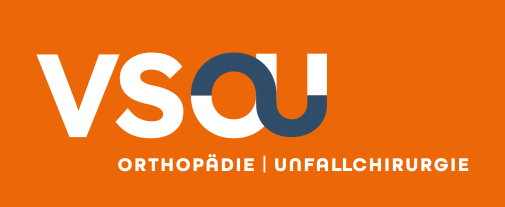Ihre Suche ergab 1 Treffer
Bildgebung: Was wirklich nötig ist*
Zusammenfassung: Gelenkinfekte stellen grundsätzlich einen klinischen Notfall dar. Die Bildgebung ist daher in der Akutdiagnostik wesentlich. Sie liefert art- und differenzialdiagnostische Hinweise, objektiviert den Befall unterschiedlicher Gelenk-Kompartimente und stellt damit wesentliche operationstaktische Indikationskriterien und -überlegungen zur Verfügung.
Während der Therapie dokumentiert die Bildgebung den Sanierungsverlauf bzw. das morphologische „Schadens“-bild nach Gelenkinfekt.
Zum Einsatz kommt grundsätzlich die Projektionsradiographie (Röntgen) in 2 Ebenen, um den ossären Status quo zu erheben. Eine akute Infektion kann, teilweise mit beweisender Bedeutung, nur mittels Kernspintomografie hinsichtlich aller Fragestellungen umfassend eingeordnet werden. Es stehen standardisierte Untersuchungsprotokolle zur Verfügung.
Wesentlich ist die klinische Fragestellung an die Bildgebung. Die Befunde sollten interdisziplinär (Klinik, Labor, Verlauf) bewertet und differenzialdiagnostisch eingeordnet werden.
Fakultativ können Ultraschall (Verlaufsbeurteilungen von Kompartmentergüssen) und die PET-CT (Implantatlagen und ggf. zur Ausbreitungsdiagnostik bei multiplen Gelenkbefunden bzw. unklarem Fokus/Fieber) hinzugezogen werden.
Die Computertomografie kann ossäre Destruktionen (Rezidive, Verlaufsuntersuchung) überlagerungsfrei darstellen und stellt zudem eine wesentliche diagnostische und therapeutische Brücke mittels bildgebend gestützten Kompartmentpunktionen zur operativen Therapie dar.
Summary: Joint infections are basically a clinical emergency. Therefore, imaging is essential in acute diagnosis. It provides differential diagnostic references, objectivizes the involvement of different joint compartments, and thus provides important criteria and considerations for the best surgical treatment. During the course of the therapy, the imaging documents the repair process or the morphological „damage“ after joint infections. Basically, projection radiography (X-ray) is used in two planes to elevate the osseous status quo. An acute infection can be comprehensively classified, in part with a proving importance, only by means of magnetic tomography with regard to all questions. Standardized examination protocols are available. Essential is the clinical question of imaging. The findings should be evaluated interdisciplinarily (clinic, laboratory, course) and classified in a differential diagnosis.
Optionally, ultrasound (follow-up assessments of compartmental effusions) and PET-CT (implant positioning and, if necessary, for propagation diagnosis in multiple joint findings or unclear focus/fever) can be added. Computed tomography can represent osseous destruction (recurrence, follow-up examination) without any superposition, and is also an essential diagnostic and therapeutic bridge by means of image-assisted compartment punctures for operative therapy.
